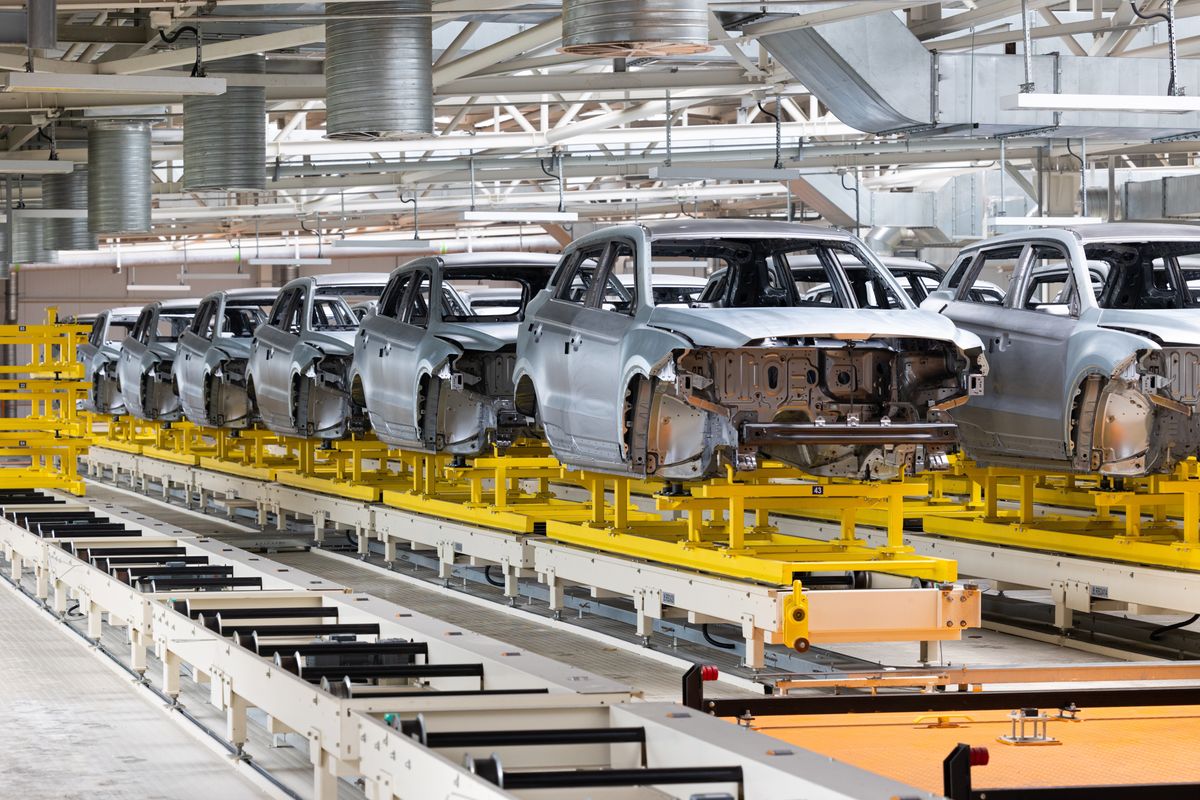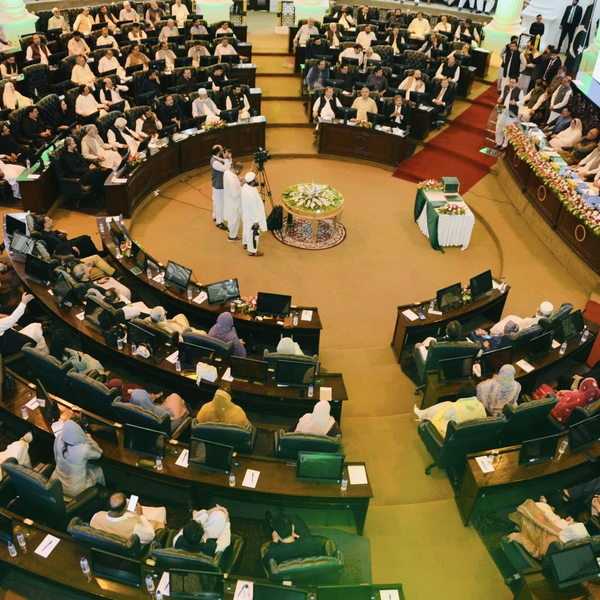Pakistan auto sales surge 34% in May on eased roadblocks, cheaper financing
Toyota and Honda lead the recovery; Suzuki stumbles despite two-wheeler surge
Nida Gulzar
Research Analyst
A distinguished economist with an M. Phil. in Applied Economics, Nida Gulzar has a strong research record. Nida has worked with the Pakistan Business Council (PBC), Pakistan Banks' Association (PBA), and KTrade, providing useful insights across economic sectors. Nida continues to impact economic debate and policy at the Economist Intelligence Unit (EIU) and Nukta. As a Women in Economics (WiE) Initiative mentor, she promotes inclusivity. Nida's eight 'Market Access Series papers help discover favourable market scenarios and export destinations.

After weeks of canal protests had clogged up vehicle deliveries in April, May saw traffic—literal and economic—moving again. According to data from PAMA and Optimus Research, total sales for listed automakers climbed to 14,579 units in May, up sharply from 10,850 a year ago.
Pakistan’s auto industry shifted gears in May, with sales of locally assembled passenger vehicles rebounding 34% as compared to the previous year. It wasn’t just a random uptick—driven by easing roadblocks, seasonal harvest money, and cheaper financing.
Toyota assembler Indus Motor Company (INDU) posted a standout performance, more than doubling its volumes (up 136% year-on-year) to 4,829 units. The Corolla and Yaris stole the show, up 256% and 475%, respectively, as mid-segment buyers returned to showrooms.
Honda Atlas (HCAR) also demonstrated solid performance, growing 69%, as compared to the previous year, on the back of strong Civic and City sales (1,870 units or 78% year-on-year).
Meanwhile, Hyundai Nishat sold 1,307 units, a 58% leap, thanks in part to an unexpected 11,280% jump, as compared to the numbers observed in April, in Tucson sales—an eye-popping figure by any standard.
But it wasn’t good news across the board. Pak Suzuki (PSMC)—long a favorite for economy buyers—actually saw an 8% decline. The Alto, its flagship, saw sales drop 16% year-on-year, despite a 50% monthly bump.
On the flip side, two-wheelers told a different story. Motorcycle sales jumped 27%, as compared to the previous year, to over 147,000 units in May, showing resilience among budget-conscious consumers. Three-wheeler volumes also rose 7% year-on-year.
Looking ahead, the Finance Bill FY26 raises concerns. With increased GST on <850cc cars and a new NEV levy on hybrids/electric vehicles, automakers fear a short-term sales rush before prices likely head north.










Comments
See what people are discussing